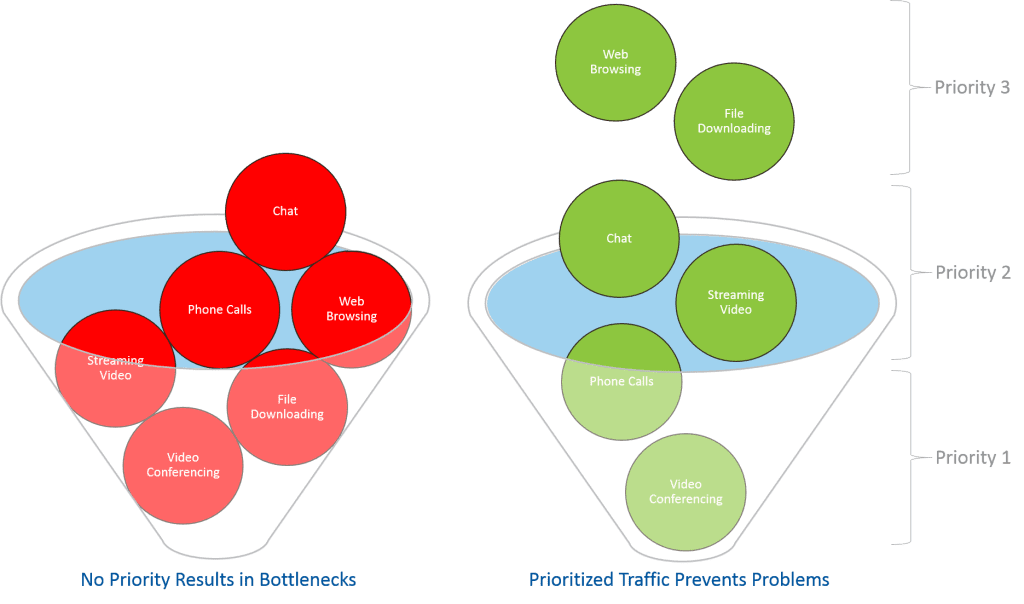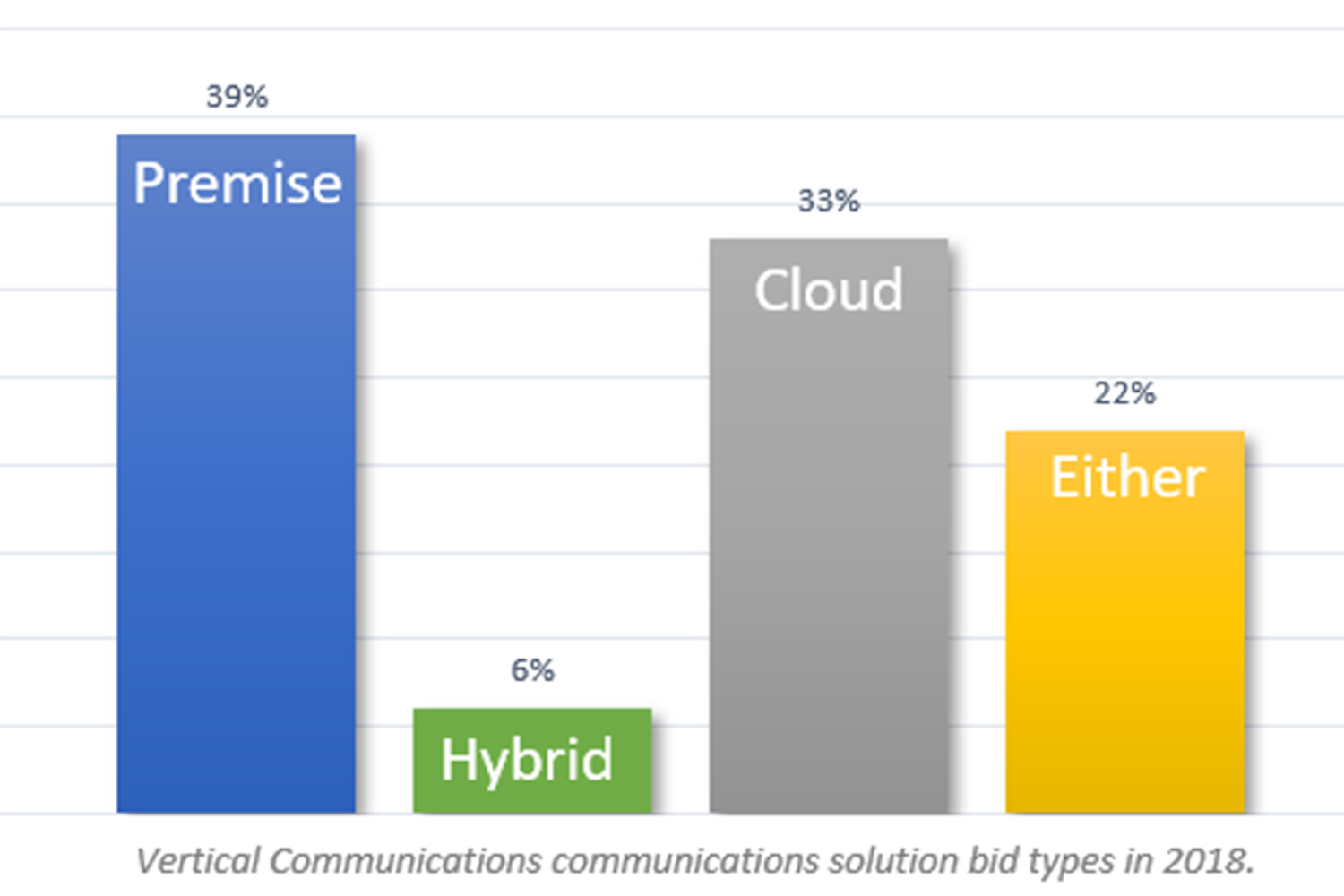Hello, Hello, Are You There? This Phone Call Sounds Terrible!

What to Do When Your Phone Call Quality Is Suffering
Do you experience delays in audio during your phone calls?
Do you or the person on the other end of the line cut out during a conversation?
Do you have occasional or frequent service outages?
All of these issues can be signs of having low call quality, and when phones are crucial to the success your operations and business, it’s unacceptable.
To understand how you got to this point, let’s take a step back. When you use VoIP or a Cloud phone system, the network is generally the cause of call quality issues. Specifically, your local, in-building network, or internet connection. When you were implementing your current phone system, did your provider conduct a network assessment? Network assessments help determine the capacity of your network. Unfortunately, not all networks are created equal and to guarantee good call quality, it is necessary for your phone provider to have a clear-cut understanding about the parts that make up your network and phone system as well as your businesses’ usage of the phone system. For instance, just because your internet is fast doesn’t mean that it has the bandwidth to support high-volume usage.
If you are experiencing poor call quality, you still have time to find a solution with a network assessment. Network assessments are pivotal to the success of your phone system, helping you understand what your network’s weaknesses are. A network assessment will help you and your service provider identify: bandwidth bottlenecks, peak usage amounts, potential advantages and pitfalls of your network switch, communicating between locations, and bandwidth priorities.
Bandwidth Bottlenecks
Bandwidth refers to the total capacity of your internet connection. You internet connection transfers a hefty load, constantly downloading and uploading data to continuously and successfully complete calls, downloads, streaming, chat applications, video conferencing, and more. However, you only have so much space in your bandwidth funnel. If you’re pushing in more and more usage and your internet bandwidth isn’t adequate, downloading and uploading will be interrupted, which will cause delays and gaps in service. In essence, only one piece of data can be pushed out of the funnel at a time. While bandwidth isn’t something that is necessarily provided by your phone provider, it is something that they should be taken into account during a network assessment. This will help them determine how much bandwidth is needed, peak usage time, and how to identify and rectify call quality and bottlenecks.
Department and Peak Usage
Every department in your organization uses a different type and amount of bandwidth, at different times of day. That means that while your bandwidth and connection quality at 8:00 AM (when departments are just getting started with their days) might be fine, at 2:00 PM (when all departments are working at full-capacity) might not be enough. During a network assessment, your phone system provider will assess what each department uses bandwidth for and when they use most. They should also measure bandwidth over a variety of days, allowing them to understand how much bandwidth is used during peak usage. This will help them to identify how much bandwidth you truly need, as well as which communications take highest priority. Your phone provider can then determine which communications should be pushed through the communications funnel first, prioritizing call quality.

Identifying Problems in Your Local Area Network
A variety of issues can occur within your local area network that can affect your call quality. First, your network switch can relate to a few different problems. Network switches are used as Wi-Fi access points. If your network switch is old, the amount of information that it can push through may be limited. Connections between network switches can also be a problem. Other network problems may be old wiring in the building, misconfiguration on your network, or even infected computers or devices on the network that are causing noise and eating up the connection. A network assessment can help determine what problems are occurring on your network. The assessment will review the capabilities and requirements of your network through reviewing of your current system and specing out your options. This network assessment will help the engineering team design and figure out what your network should look like for optimum efficiency.
Communicating Between Locations
Many businesses add locations without considering how the network design will be impacted. This can lead to call quality issues as the network is pushed to its limit. A network assessment will help your phone provider understand how all of the locations on your network are communicating and what additional variables might be impacting them. Your phone provider can then take steps to rectify any issues that are found.
In-Depth Network Assessments Equal High-Quality Phone Calls
If your provider did run a network assessment, was it comprehensive? Was it just a quick test? A quick test will just scratch the surface of your network, un-veiling issues that will likely be band-aided. To ensure that you understand the entire picture, it’s imperative to conduct a network assessment that runs over a few days, ensuring that all variables are captured.
Vertical Communications offers an extended time period network assessment for every one of our customers. This guarantees that we understand the full story behind your network, not just what is happening in a 5 minute time frame. Taking this information allows Vertical to create a comprehensive plan for your network, ensuring that you have all of the technology and services you need to maintain high-quality calls.
Continuing Call Quality with VQM
Good call quality doesn’t end after a network assessment. Instead, after an implementation has been completed, your phone provider should use Voice Quality Measurement (VQM) to continue monitoring your call quality, making sure that your good call quality stays that way.
In simple terms, “VQM is advanced monitoring used to mitigate and resolve issues before they become catastrophic.” VQM is constantly testing your network to see what the network can handle. As well as spotting problems ahead of time. There are two methods of VQM, Active Testing and Passive Analyzing. Vertical Communications utilizes both methods. With Active Testing, packet monitoring occurs by sending voice “packets” back and forth from the server to your phone system and constantly monitoring and reporting on their quality. This way the VQM provider knows about the issues before the end user reports them. Passive analysis refers to the analysis of live call quality. Using this model, the VQM provider is able to constantly monitor any and all packets traversing their network for issues, and fix them before it impacts the user.
Vertical Can Help
Are you experiencing poor call quality? Did your phone provider neglect to complete a Network Assessment? Do they disregard ongoing monitoring of your call-quality? Vertical Communications can help. Fill out the form below to get in touch with a Vertical representative.



